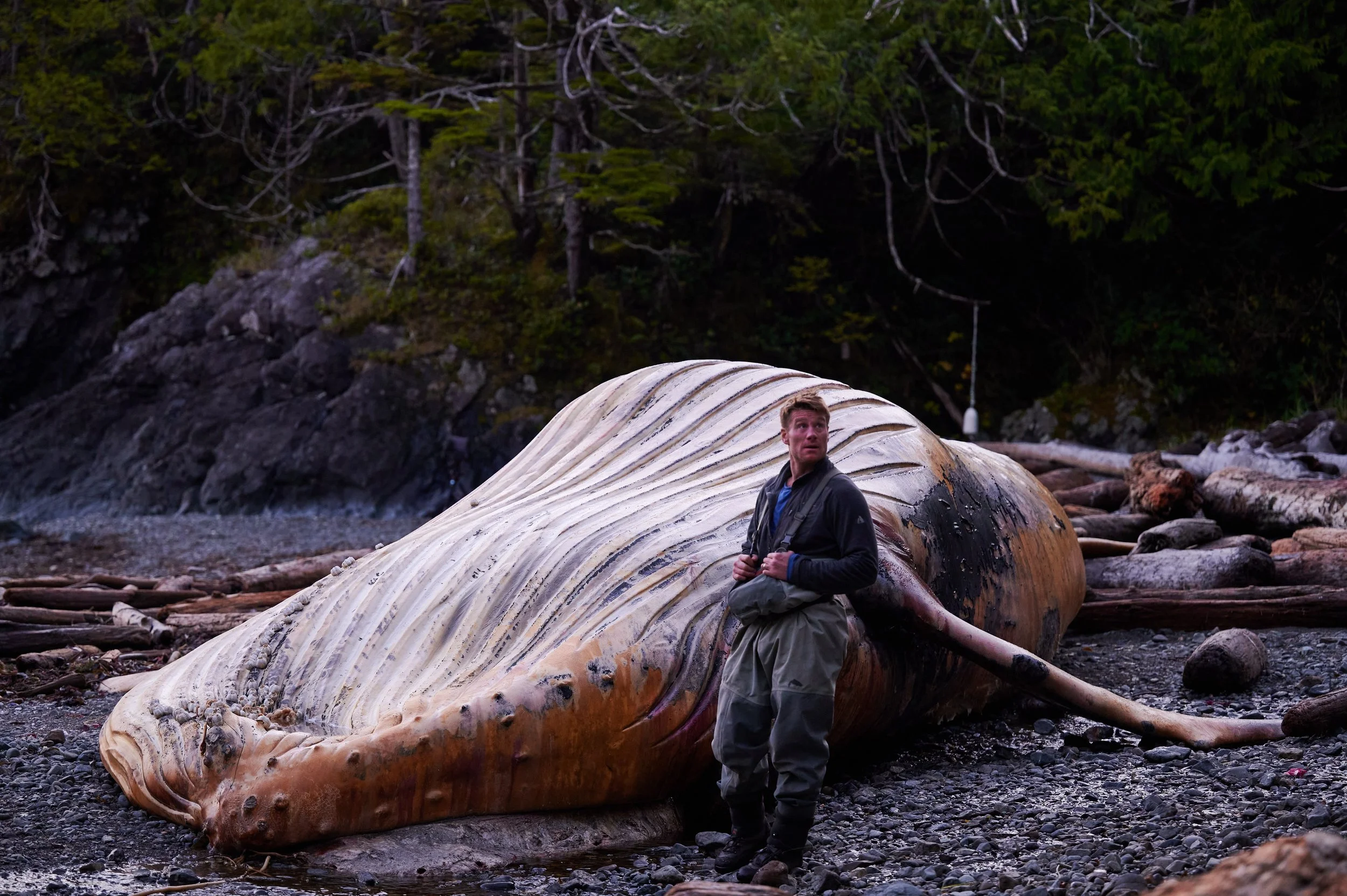Check out this brief put together on salmon farming and let us know what you think!
Join the A-Team!
Why?
-It's simple.
-It's free.
-The world will be a better place if you do.
-You will be able to network with like-minded people in a cause that will allow you to feel good about what you do.
-Once a member, you will be able to develop a profile based on your creative ability and be eligible for a variety of different awards.
How do I Join?
-Its as simple as:
The Chronicles of Wonderboy
Connor Mckenna, Overseas Adventure Correspondent, Travel Writer, and All Around Swell Guy, makes his way to Pamplona, Spain for, yes, the running with the bulls. To join in on the crazy adrenaline filled mayhem click on the following link: The Chronicles of Wonderboy-Running with the bulls.
Chanterelles (Cantharellus Cibarius)
Delicious! Beautiful! Chicken of the Forest! These are just some of the words to describe the group of mushrooms called Chanterelles. There are a couple different varieties to look out for. White Chanterelle (Cantharellus subalbidus), Yellow Foot (Cantharellus tubaeformis), Pig's Ears (Gomphus clavatus), Scaly Chanterelle (Gomphus floccosus) (not edible), Black Trumpet (Craterellus cornucopioides), and Blue Chanterelle (Polyozellus multiplex), not to be confused with the late '90's RnB singer: Blu Cantrell
Now that could be a dangerous mistake!!!! Anyways! If you know the basic characteristics of the Chanterelle family you can usually identify them in the forest. To actually pick the different varieties, you should study them in detail with a trusty pocket mushroom book or an experienced picker.
In this group, the caps are a pretty vase-shaped, trumpet-shaped and/or wavy. Underneath, the gills are soft and fork-shaped, well spaced, shallow and often with connecting veins in between. They can range in color depending on the types (noted above), bright orange, yellow-orange, white, blue, black, yellow-brown to tan or olive-tinged. The most popular being Cantharellus cibarius, which are found on the ground under conifers and oaks from southeast Alaska right down to California, usually in groups or 'veins', which makes it so fun to find them! Like a treasure hunt. Other characteristics to look for is the medium to large cap, which is broadly domed to almost flat when they are young and their white flesh. Smell is a big one. I can always positively identify chanterelles by their apricot aroma. Its very subtle, but its there.
One thing to be aware of are the two poisonous look-alikes of chanterelles. Now, don't be put off, they are easy to identify if you are a careful hunter. The western jack-o-lantern mushroom has thinner, more crowded gills and no white flesh. The other, the false chanterelle, has thinner, oranger gills and browner cap. Look these up if you are a beginner.
One more thing before you get out there, cleaning chanterelles is always a doozie. You will probably come home with a huge bag full, if you're lucky! I take a knife and just skim all the slime (if any) and pine needles off in the sink. Don't let them soak in water, as they are like sponges and you'll end up with a soggy mess. Dry them off carefully and put 'em in a pan over medium heat. They will start to release some water (which can be reserved for soup broth). When they start to look shriveled, get the butter out and saute those babies! Yum, and good luck!
-Jade
The Best Place on Earth...
Is what you will read if you get behind any vehicle with a B.C. license plate these days. Sounds a little arrogant, well, maybe so, but there is a thin fine line between arrogance and confidence. We are confident that if it is not "The Best Place on Earth" it is at least the only place on earth where you can still find Pacific Salmon by the millions, Grizzly bear, Spirit bear, Moose, Wolves, Whales and more, all still somewhat thriving in their natural environment.
The area of land located in the province of British Columbia truly is unlike any other place on this planet. What makes it so? It's not the people, although the people are great. It's not the cities. It's not the fact that they just hosted the 2010 Winter Olympic games. No, It's the pristine, remote, rugged wilderness teaming with life and biological diversity. It's the breathtaking outdoor landscapes. It's the fact that we haven't yet completely ruined it all!
However, they keep trying...
Oil in Eden: The Battle to Protect Canada's Pacific Coast from Pacific Wild on Vimeo.
And if it's not one thing it's the other!
If it's not oil and gas it's privatized power. I say "beat it" to both. Lets stand our ground because people, cities, dams, oil and gas are already all over the world. There is only one place left like this. Instead of ruining it, we should be trying to make more places like it.

